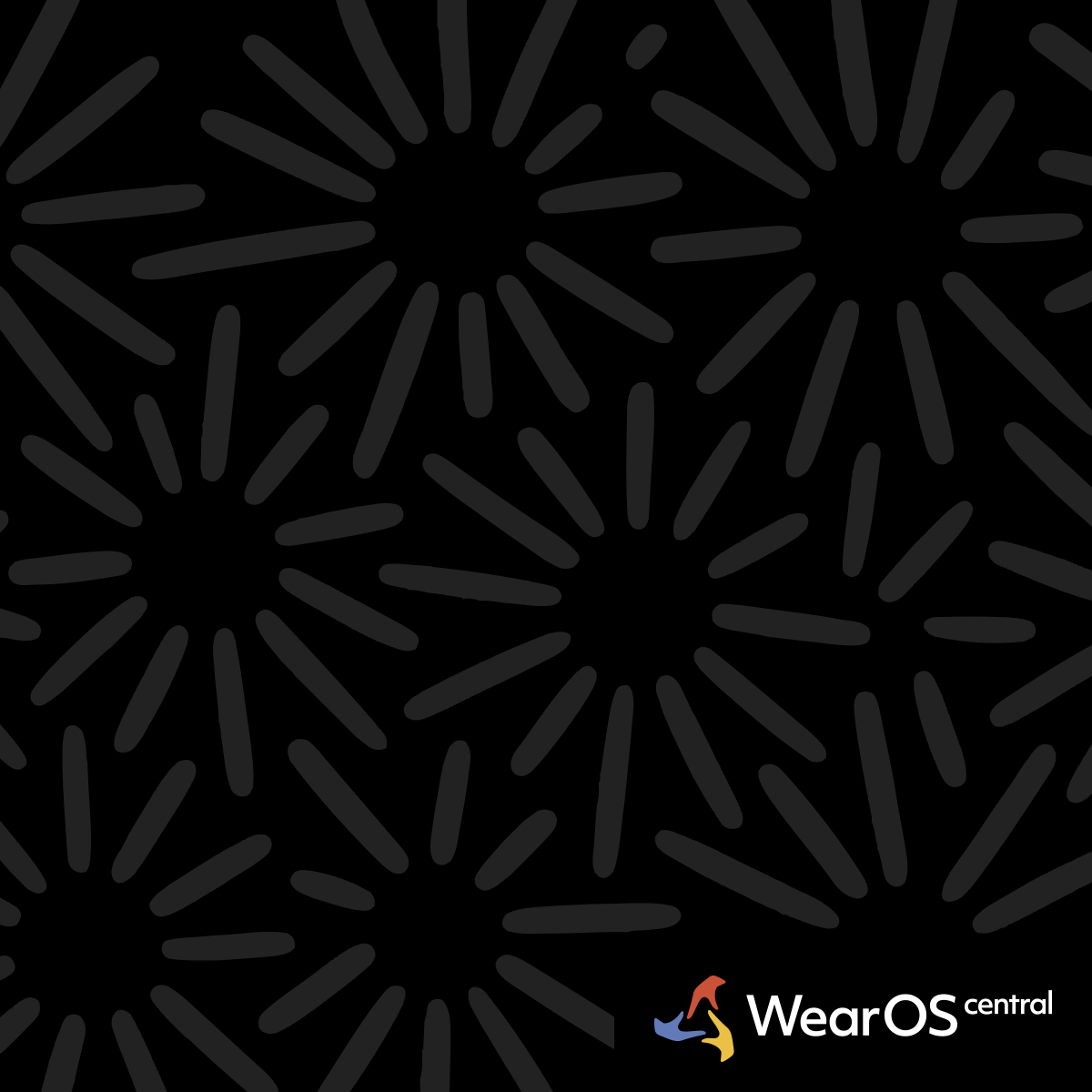Gesture Navigation
Watch: Galaxy Watch Ultra | WearOS 6
The double pinch gesture in One UI 8 represents an interesting approach to hands-free wearable interaction. Samsung is exploring beyond traditional touch paradigms, though the current implementation has reliability issues.
I need to be honest about my experience: while the concept shows potential, the current implementation has consistency problems that prevent daily dependence. Still, the glimpse of gesture-controlled wearables is worth exploring.
Hands-Free Interaction Potential
When the double pinch works correctly, it provides hands-free Now Bar access without touching the watch. This proves useful during activities where traditional touch feels impractical: cooking with messy hands, exercising with gloves, or driving when touching devices should be minimized.
The conditional behavior system shows thoughtful design: when the Now Bar has content, double pinch opens it; when empty, the gesture triggers navigation or notifications instead. This context awareness prevents frustrated empty gestures and ensures the system always provides useful responses.
Current Reliability Limitations
The double pinch has recognition accuracy issues that make it unreliable for scenarios where gesture control would be most valuable.
Specific issues I encounter regularly:
- Position Sensitivity: Minor finger placement variations affect recognition significantly
- Timing Precision: The gesture window feels inconsistent, sometimes too fast, sometimes too slow
- Context Dependencies: Success rates change based on arm position, system state, my activity state
- Muscle Memory Interference: The required precision prevents natural gesture development
Future Development Potential
The current implementation reveals foundational issues rather than simple calibration problems. The system's failure during movement represents a critical limitation since gesture control would be most valuable precisely in dynamic scenarios where touch interaction is impractical or unsafe.
This creates a fundamental contradiction: the technology fails in cars, during workouts, or while walking exactly the situations where hands-free control would provide the greatest benefit. Static scenarios where the gesture works reliably are often the same contexts where traditional touch remains perfectly viable.
The movement sensitivity suggests deeper algorithmic challenges beyond what machine learning optimization can easily address. While Samsung could potentially improve recognition through usage data collection, the core issue of motion interference may require hardware or sensing approach changes rather than software refinement.
Current use case limitations become apparent when considering practical applications:
- Workout Apps: Gesture fails during actual exercise movement when hands-free control would be most needed
- Navigation Systems: Unreliable while driving or walking when visual attention shift matters most
- Communication Platforms: Unreliable during meetings when subtle interaction would be preferred
Good gesture design requires several elements, some of which the current system provides:
- Clear Intentionality: Gestures distinctive enough to prevent accidental triggering (the double pinch is sufficiently unique)
- Muscle Memory Development: Repeatable patterns that become automatic through consistent recognition (current system lacks this)
- Context Sensitivity: Gesture meanings that adapt to different application states (partially implemented through Now Bar conditional behavior)
- Graceful Degradation: Reliable fallback methods when gesture recognition fails (current system lacks this)
The double pinch struggles particularly with muscle memory development because recognition inconsistency prevents habit formation.
Practical Usage Approach
I maintain double pinch configuration despite reliability issues because the occasional successful interaction shows the potential. My strategy focuses on contexts where recognition succeeds most consistently: stationary positions with deliberate finger placement.
I avoid relying on the gesture during dynamic activities where failure would be particularly frustrating. Approaching it as a technology preview rather than a finished feature helps manage expectations while appreciating the glimpses of gestural interaction potential.

 InventorBlack
InventorBlack